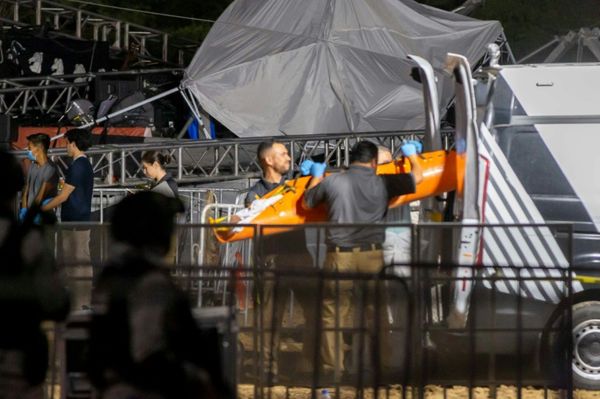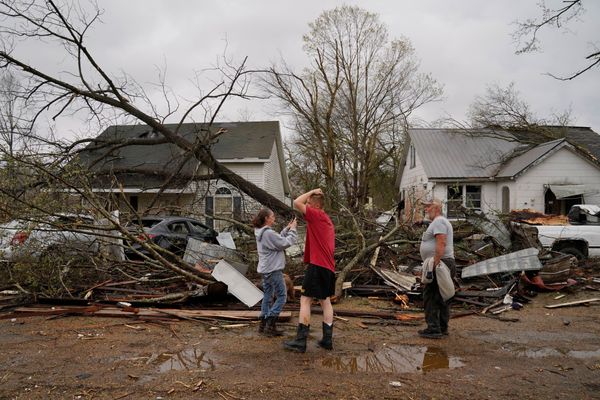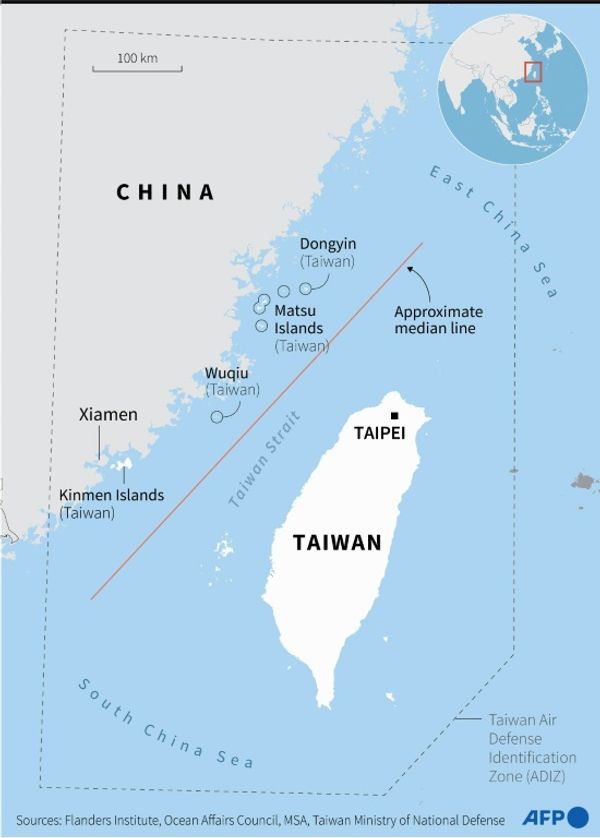Have you heard of the Western Australian parrot known as a 28?
It's a subspecies of Australian ringneck known for its stunning colours and call which echoes around southern WA.
The 28's desire for fruit and seed means it's garnered a reputation as a pest for farmers and gardeners.
What's in a name?
But why is it called a 28?
Some theories include it takes 28 parrots to make a pie, or that the Noongar names for the bird sounds like 28.
However, the accepted theory is its moniker actually comes from the French.
Birdlife Australia's woodland birds program's manager Tegan Douglas said the species was first described by French biologists.
Dr Douglas said the main theory was the French for 28 is "vingt huit" — pronounced vun tweet, which the botanist believed the bird call sounded like.
Menang-Noongar elder Vernice Gillies said she also believed the anglicised name came from the French description.
"The Noongar name is toolnut, " she said.
"Our people called it that because that's the actual noise they make in flight — toolnut, toolnut.
"They also make a call that sounds very much like the French words for 28. That was the explanation we've heard."
Dr Douglas said 28s, which are medium-sized birds, were found across the majority of the southern half of WA.
"When you see a picture of them it does no justice to what they look like in real life. Their colours are stunning," she said.
"They can make a nuisance of themselves in paddocks and orchards. They're a seed and fruit eater.
"They're not always looked upon with a friendly eye."
Indigenous, colonial settlers ate 28
Noongar people ate the birds, while recipes from colonial setters also detail cooking them.
The native species is now protected under the Wild Conservation Act 1950, administered by the Department of Environment.
But under the law, ringnecks can be shot on private property in accordance with an open season notice without the need to obtain a licence.
Ms Gillies said her mother would use an old wire bed frame lent against a wall and use seeds to lure and catch them.
"They are apparently very good to eat. Need a few of them as they're not all that big," she said.
The Western recipes date back to pioneering settlers.
Wandering resident Jacquie Cornish has a copy of a recipe for parrot pie from her grandmother, which has been included in a recently published book.
"I've used the recipe once. I cooked them in a pressure cooker. I think they could've had another hour in the pressure cooker to be really good," she said.
"I can tell you it takes a long time for a parrot to cook so you can eat it."






